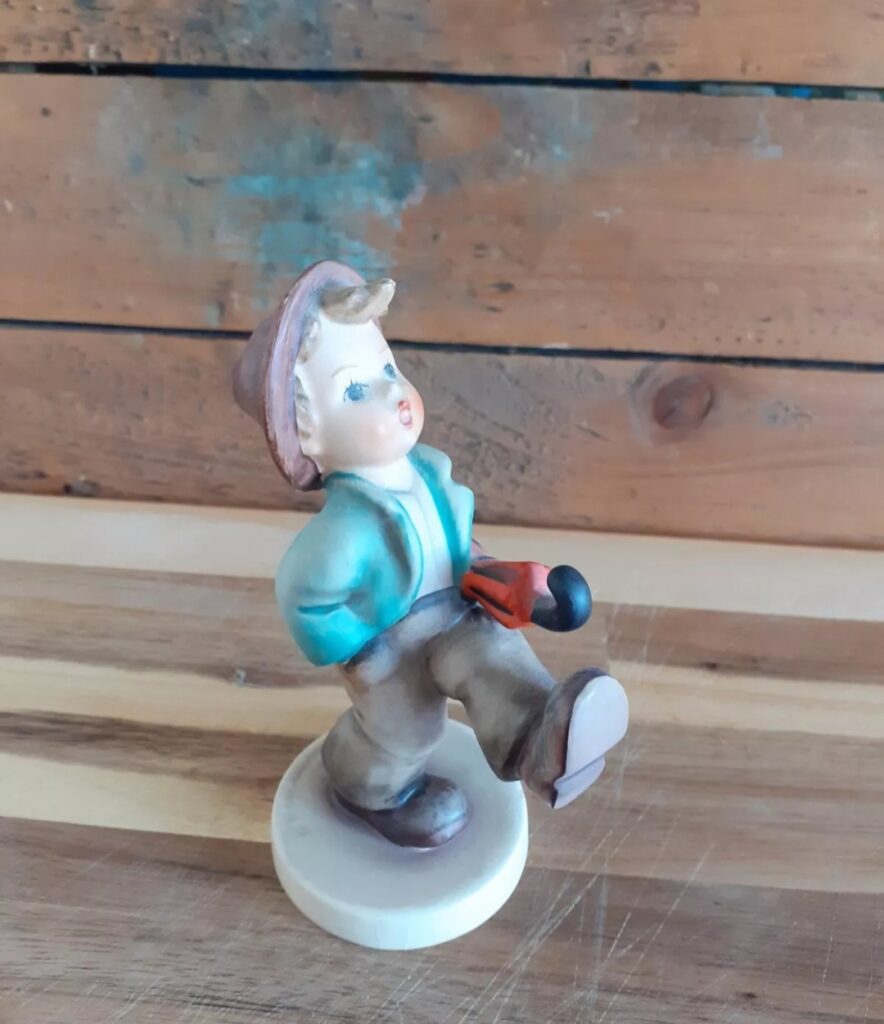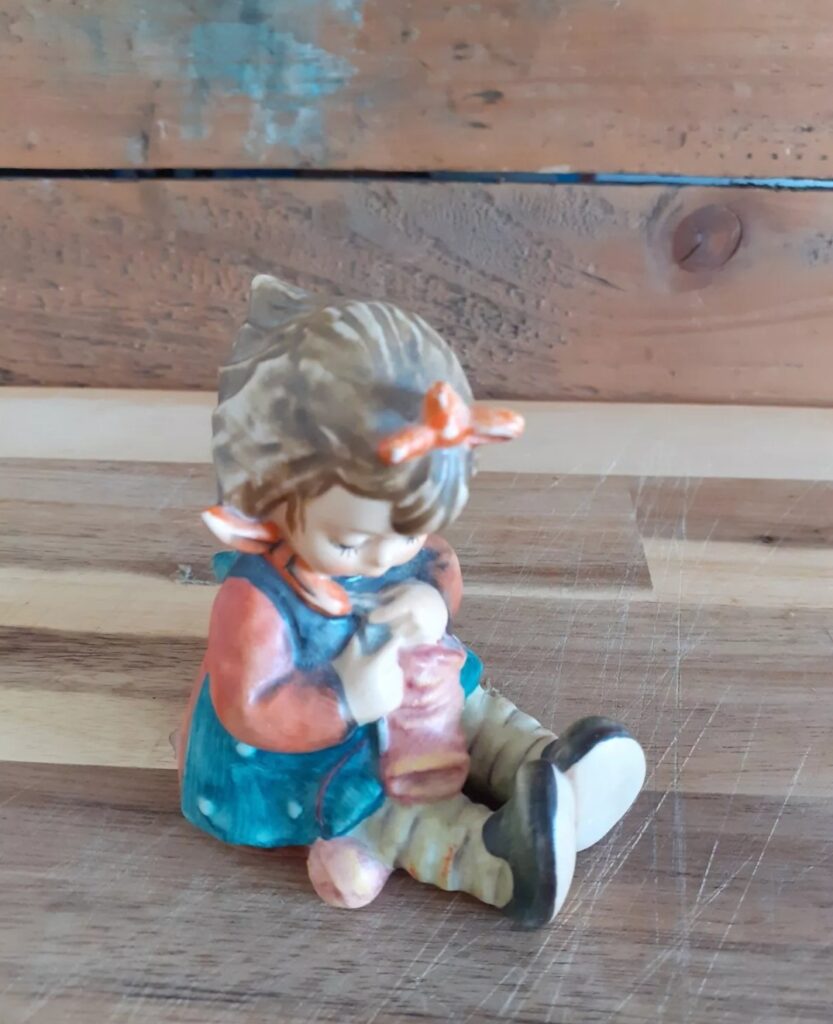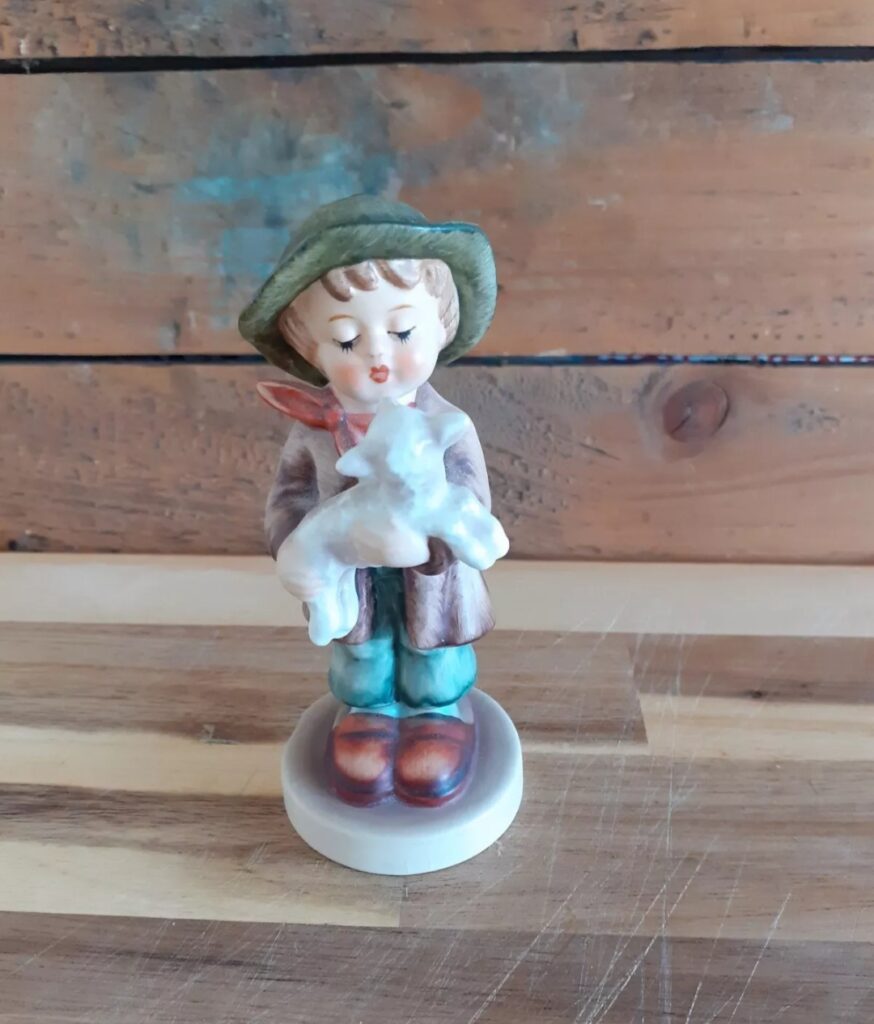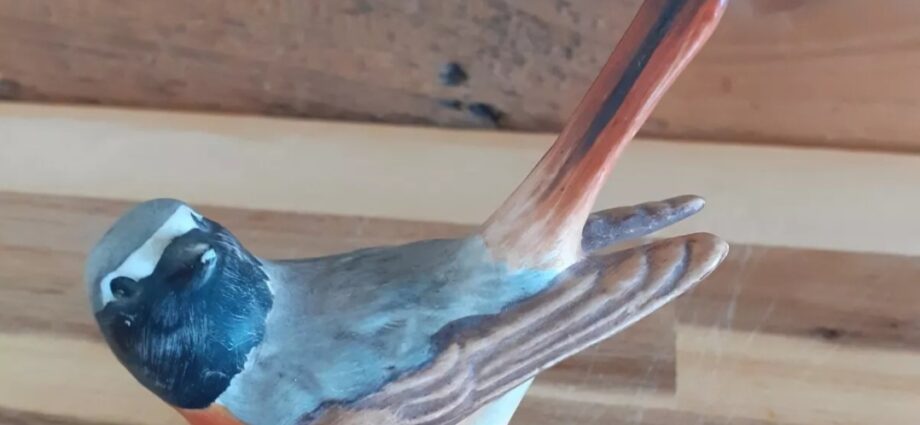The Origins and Evolution of Goebel Figurines
1.1 The Founding of Goebel
The Goebel company, officially known as Franz Goebel & Co., was founded in 1871 by Franz Detleff Goebel and his son William in Oeslau, Germany. Initially, the company produced marbles and slates but quickly shifted to ceramics, including dinnerware and figurines. The firm’s commitment to quality craftsmanship and artistic design quickly set it apart in the burgeoning ceramic industry.
1.2 The Hummel Partnership
A pivotal moment in Goebel’s history came in 1935 when Franz Goebel entered into an agreement with Sister Maria Innocentia Hummel, a Franciscan nun and artist. Sister Hummel’s charming and whimsical illustrations of children and religious themes captivated Franz Goebel. This partnership resulted in the creation of the now-iconic Hummel figurines, which depict children in pastoral and playful settings, based on her original artwork.
1.3 Production and Popularity
Hummel figurines were introduced to the public at the Leipzig Trade Fair in 1935, and they quickly gained international acclaim. The figurines’ meticulous craftsmanship, detailed hand-painting, and the emotional resonance of Sister Hummel’s designs appealed to collectors worldwide. Despite disruptions during World War II, Goebel managed to maintain production, and by the 1950s, Hummel figurines had become a symbol of post-war optimism and prosperity, particularly in the United States where they were highly sought after by collectors.
The Rise of Goebel Collectability
2.1 Post-War Collecting Boom
After World War II, American soldiers stationed in Germany played a crucial role in popularising Goebel figurines. They often purchased Hummel figurines as souvenirs, sending them back home or bringing them along upon their return. This led to a collecting boom in the United States, where Hummel figurines became cherished keepsakes, emblematic of European craftsmanship and sentimental value.
2.2 Establishing a Market
Throughout the 1960s and 1970s, Goebel figurines gained a solid foothold in the American collectibles market. Specialised retailers, antique shops, and dedicated collectors’ clubs began to emerge, further fuelling the demand. The Goebel Collectors Club, established in 1977, provided a platform for enthusiasts to share their passion, exchange information, and access exclusive figurines. Limited editions, commemorative pieces, and annual figurines became significant attractions, fostering a robust secondary market.
2.3 Factors Influencing Collectability
Several factors have influenced the collectability of Goebel figurines over the decades. Rarity, condition, and authenticity are paramount. Limited edition pieces, discontinued models, and those with unique characteristics such as production errors or signature variations are particularly prized. The condition is also critical, with figurines in pristine condition, retaining original boxes and certificates, commanding higher prices. Additionally, the provenance or history of individual pieces can enhance their value, especially if they have notable previous owners or unique backstories.



The Modern Era and Future of Goebel Collecting
3.1 Challenges and Changes
The late 20th and early 21st centuries brought significant changes to the Goebel company and its products. Shifts in market trends, economic challenges, and changing consumer preferences led to the company restructuring and refocusing its product lines. In 2006, Goebel ceased production of Hummel figurines, transferring the rights to a new company, Hummel Manufaktur. This transition marked the end of an era but also a new chapter for the brand.
3.2 Contemporary Collecting Trends
Modern collectors of Goebel figurines face a dynamic market. While the nostalgia and traditional appeal of Hummel figurines remain strong, newer generations of collectors are also interested in other Goebel products, such as their art deco and modernist designs from the mid-20th century. Online platforms, auction houses, and social media have transformed how collectors find, buy, and sell figurines, making the market more accessible but also more competitive.
3.3 The Future of Goebel Collecting
The future of Goebel collecting lies in balancing heritage and innovation. Preserving the legacy of classic Hummel figurines while appealing to contemporary tastes is crucial. Limited releases, collaborations with modern artists, and maintaining high-quality craftsmanship can attract new collectors while retaining the loyalty of traditional enthusiasts. The continued interest in vintage and antique items suggests a stable, if evolving, market for Goebel figurines.
In conclusion, the history of Goebel figurines is a testament to enduring craftsmanship, artistic collaboration, and the passion of collectors. From its origins in 19th-century Germany to its current status as a beloved collectible, Goebel’s journey reflects broader cultural and economic trends, ensuring its place in the annals of collectible history.
Goebel Figurines At Wildcard Curiosities
Please check out our online shop for collectible Goebel figures. We also have some wonderful antique, vintage and curious items for sale too.
